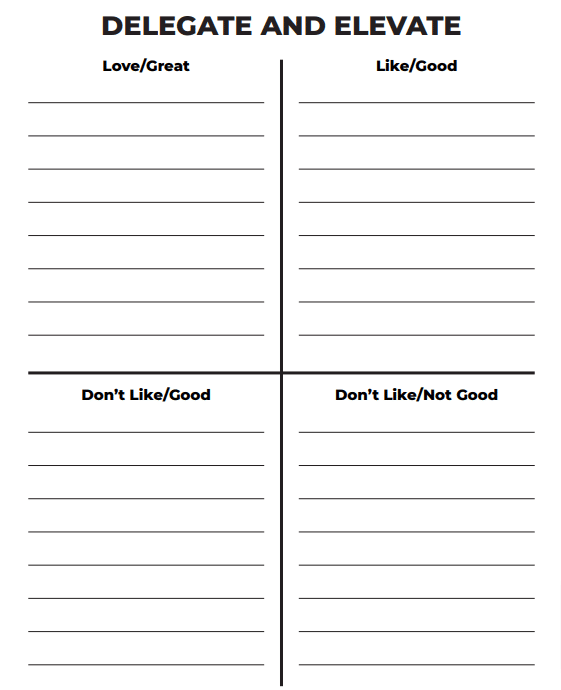If you have an important decision to make, considering whether you’d want it published in the newspaper can be a good way to frame it for yourself. Even if it’s a personal, private decision, thinking about how others could interpret it can be a valuable thinking exercise.
In the book “The Personal MBA“, author Josh Kaufman discusses that along with the “grandchild rule”:
The “newspaper rule” and “grandchild rule” are effective ways of personalizing the results of your decisions. The “newspaper rule” is a simulation of the following: assume your decision was publicized on the front page of tomorrow’s New York Times, and your parents and/or significant other read it. What would they think? Imagining the personal consequences of your decisions in this way is a much more accurate way to evaluate the impact of short-term decisions. The “grandchild rule” is a way of evaluating decisions with long-term consequences. Imagine that, thirty or forty years from now, your grandchild gives you feedback on the results of your decision. Will they laud you for your wisdom or reprimand you for your stupidity?
When framing a decision that way, I think there are two other important pieces to consider:
First, your decision might get published even if you don’t want it to. Private notes find their ways into viral social media memes quite often, so it’s good to assume that yours might too so you’re prepared in case it does.
Second, as I’ve said before, good decisions can have bad outcomes. This process won’t guarantee that your decision works out perfectly, but simply that you have defensible reasons for making the decision that you made.
I would hope that none of my decisions have that large of an audience, and they likely won’t, but framing it that way has really helped me to consider the ramifications of my decisions a bit more deeply.
